Exorose™ Beads are used for isolation of extracellular vesicles (EVs), including exosomes. The isolation is based on Size Exclusion Chromatography (SEC),
Related
Publications "ABT USERS ROUND THE WORLD"
PLOS ONE, 2019; Recombinant rabbit Beta-NGF production
Cell Reports, 2019; Structural Basis for Recognition of Ub- Nucleosome
Nature, 2018; Structure of a volume-regulated anion channel of the LRRC8
Nature, 2018; Fluidization-mediated tissue spreading by mitotic cell
Nature, 2017; Cell division orientation is coupled
J Alzheimers Dis., 2016; Preliminary Study of Plasma Exosomal
Exorose™ Beads are used for isolation of extracellular vesicles (EVs), including exosomes. The isolation is based on Size Exclusion Chromatography (SEC), separating particles based on their size as they pass through the column. Once the sample is going through the pores, the small molecules such as proteins and other contaminants become trapped in the pores and elute later than the EVs. This allows for the collection of the EVs in a pure and simple way. Exorose™ Beads have proved their ability to separate EVs from different cell cultures and body fluids like serum, plasma, urine and saliva. The Size Exclusion technique allow the purification of intact exosomes in a 20 minutes protocol. The resin meets the characteristics required to purify EVs while maintaining their integrity thanks to this non-invasive and inert method. Vesicles will maintain their structure and function after the purification, becoming the ideal technique for functional assays.
| Product Name | Exorose™ Beads |
| Cat. No. | EXOB-X |
| Bead Mean Diameter d50v | ~90 µm |
| Autoclavable | Yes. 20 min at 120ºC in pH 7 |
| Antimicrobial Agent | 20% Ethanol |
| Storage Temperature | 2-30˚C |
| Exclusion Limit | ~30 nm |
| Selectivity Kav Thyroglobulin | ~0.6 |

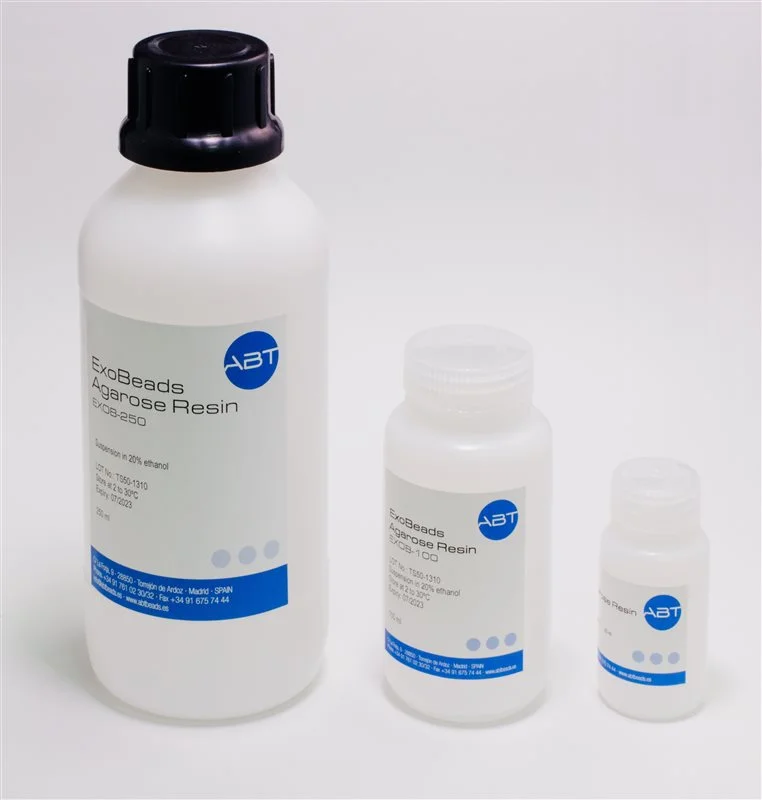
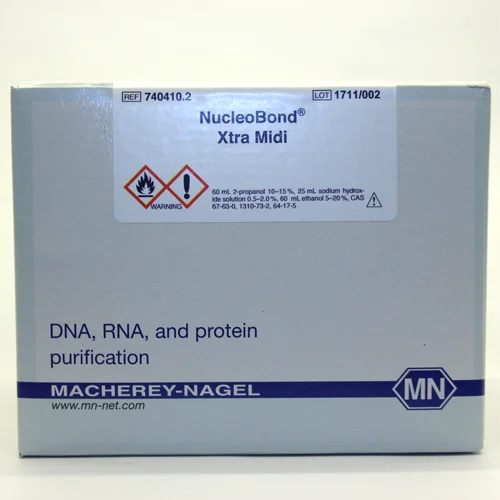
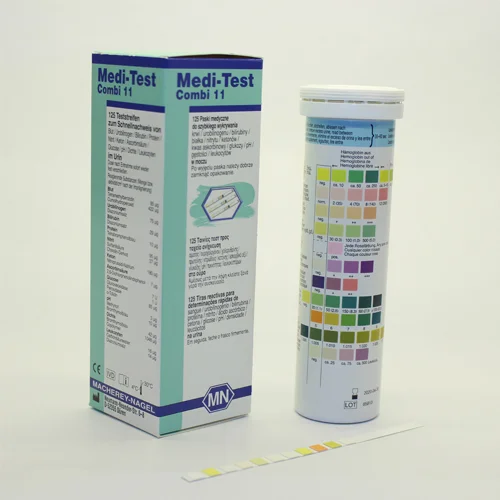
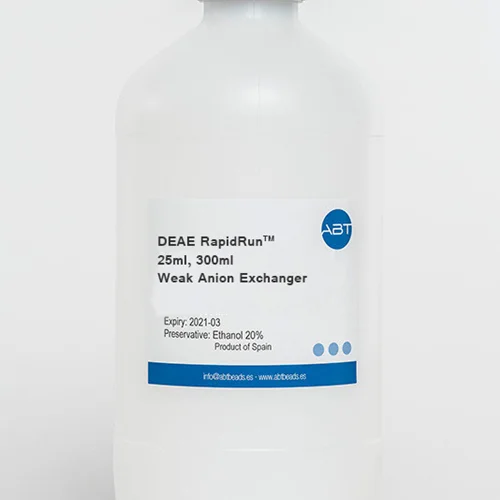

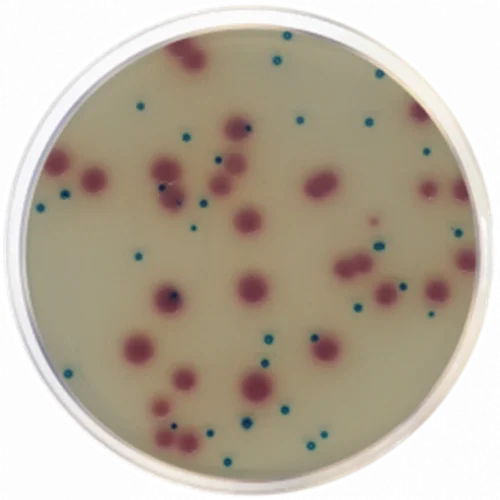
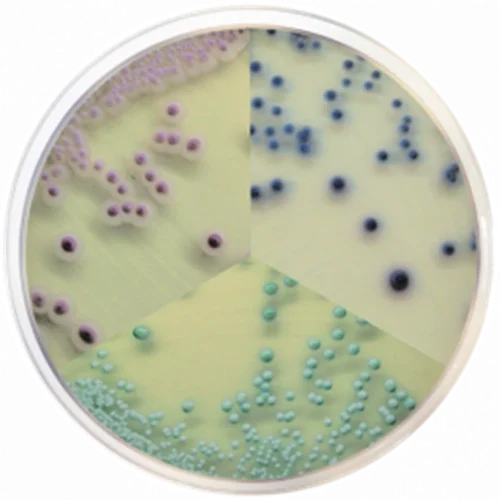

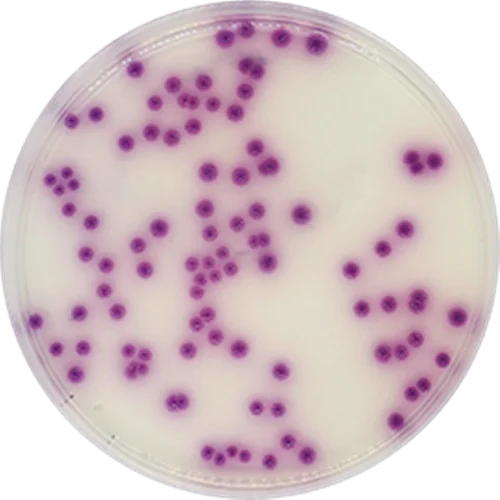
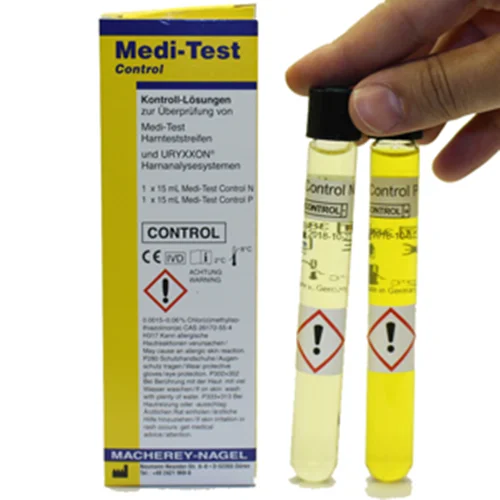
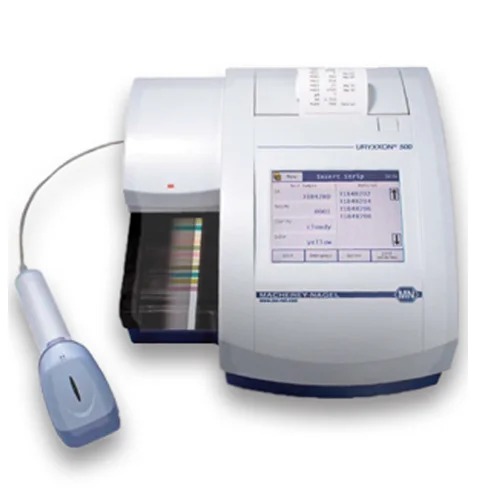
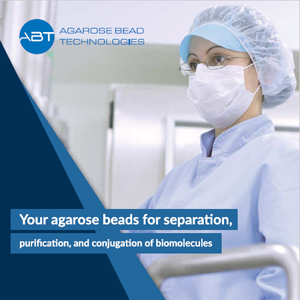
Write your comment